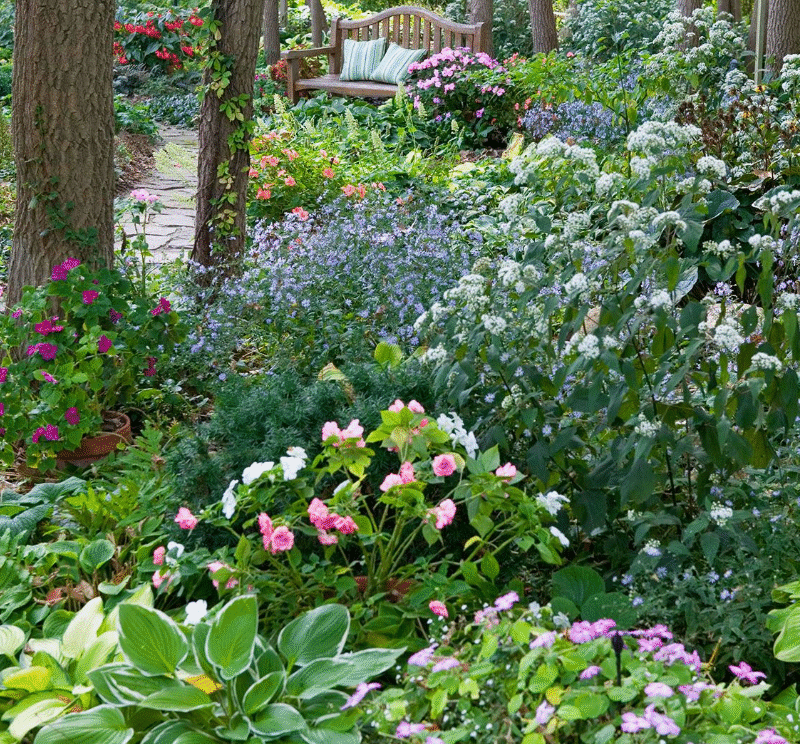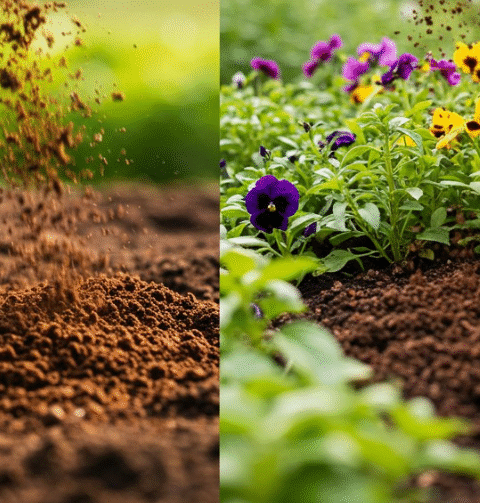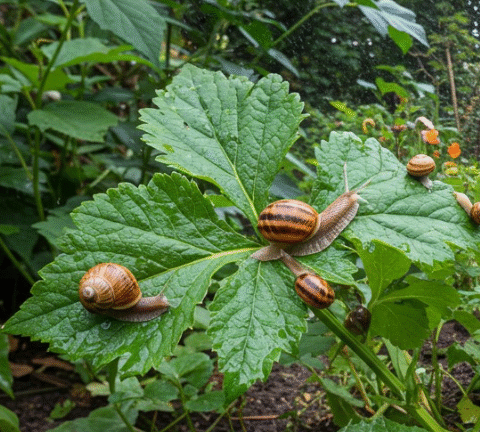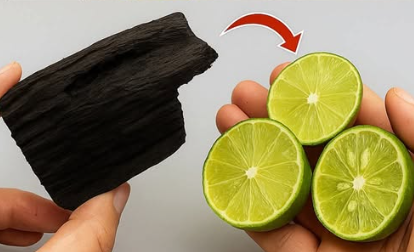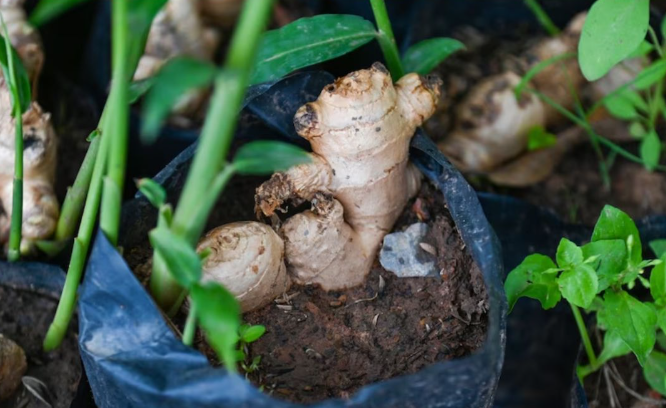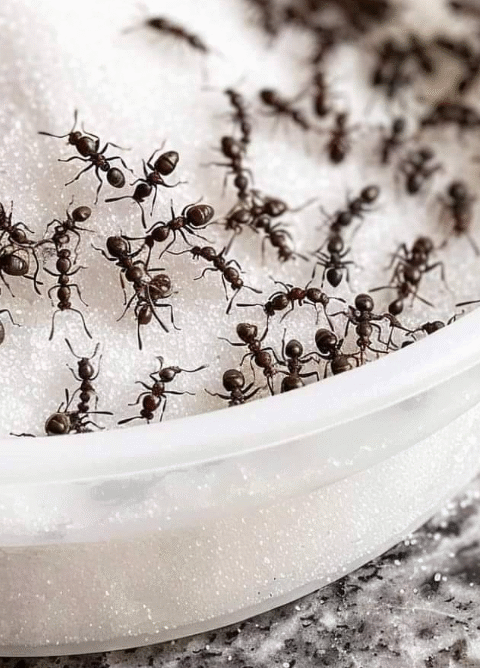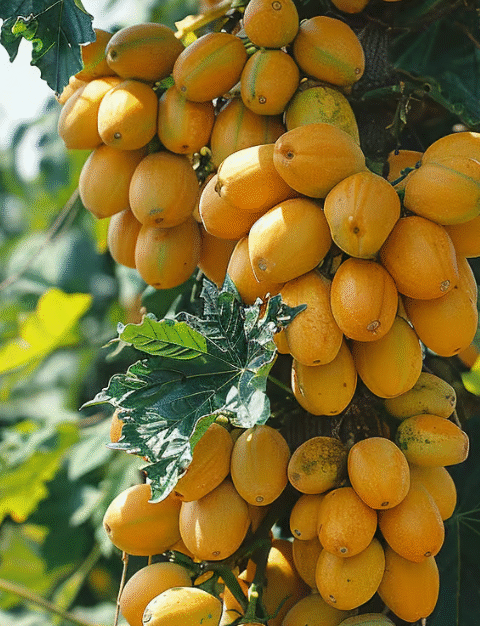15 Best Shade-Loving Perennials 🌿
🌼 Introduction
Shaded gardens offer cool refuge and visual elegance, and the right perennials can transform even the darkest corner into a thriving oasis. Whether you’re working with dappled woodland or a fully shaded border, these 15 perennials bring color, texture, and seasonal interest year after year. Here’s your complete guide—with care tips, expert insights, companion combinations, and design ideas to make the most of every shady spot.
🌱 The 15 Best Perennials for Shade
1. Hostas (Hosta spp.)
- Light: Partial to full shade
- Why they shine: Stunning foliage in greens, golds, and variegated forms. A shade garden staple.
- Care: Rich, moist, well-drained soil; mulch for moisture; watch for slugs and deer.
2. Astilbe (Astilbe spp.)
- Light: Partial to full shade
- Why they shine: Feathered blooms in pink, red, white, purple; thrives in damp spots.
- Care: Moist soil; mulch and regular watering; avoids drought stress.
3. Bleeding Heart (Dicentra spectabilis)
- Light: Partial to full shade
- Why they shine: Heart-shaped spring flowers in pink, red, or white.
- Care: Moist soil; natural foliage dieback post-bloom is normal.
4. Ferns (e.g., Japanese painted, maidenhair)
- Light: Partial to full shade
- Why they shine: Lush, feathery fronds for woodland aesthetics.
- Care: Consistent moisture; avoid drought and invasive types.
5. Coral Bells (Heuchera spp.)
- Light: Partial shade
- Why they shine: Colorful foliage (burgundy, lime, silver) and airy spikes.
- Care: Organic soil, water regularly, cut back old leaves in spring.
6. Japanese Forest Grass (Hakonechloa macra)
- Light: Partial to full shade
- Why they shine: Mounding gold/variegated grass; perfect structural accent.
- Care: Wind protection; moist, well-drained soil.
7. Toad Lily (Tricyrtis spp.)
- Light: Partial to full shade
- Why they shine: Orchid-like blooms late in the season.
- Care: Moist, rich soil; mulch; water consistently.
8. Lungwort (Pulmonaria spp.)
- Light: Partial to full shade
- Why they shine: Silver-speckled leaves with early blue/pink blooms.
- Care: Fertile, moist soil; divide every few years.
9. Hellebores (Helleborus spp.)
- Light: Partial to full shade
- Why they shine: Late winter bloomers; evergreen, deer-resistant.
- Care: Well-drained soil; avoid overwatering; toxic if ingested.
10. Solomon’s Seal (Polygonatum spp.)
- Light: Partial to full shade
- Why they shine: Arching stems, white bells; architectural grace.
- Care: Moist, rich soil; naturalizes with time.
11. Foamflower (Tiarella cordifolia)
- Light: Partial to full shade
- Why they shine: Lacy white blooms, groundcover habit.
- Care: Rich, organic soil; divides well.
12. Brunnera (Brunnera macrophylla)
- Light: Partial to full shade
- Why they shine: Spring blue blooms, heart-shaped leaves.
- Care: Cool, moist soil; pairs beautifully with heuchera and hosta.
13. Virginia Bluebells (Mertensia virginica)
- Light: Partial to full shade
- Why they shine: Early spring bloomers with blue-pink bells.
- Care: Rich, moist soil; allow foliage to recede naturally.
14. Bugbane (Actaea/Cimicifuga racemosa)
- Light: Partial to full shade
- Why they shine: Tall, white fragrant spikes for drama and height.
- Care: Humus-rich, moist soil; regular watering.
15. Jack-in-the-Pulpit (Arisaema triphyllum)
- Light: Partial to full shade
- Why they shine: Exotic hooded blooms; native appeal.
- Care: Moist, well-drained soil; dislikes dryness.
🧠 Expert Tips for Shaded Gardens
- Soil Prep: Enrich soil with compost for moisture retention and fertility.
- Moisture Management: Water during dry spells and mulch heavily.
- Light Levels: Observe whether shade is dappled, partial, or deep.
- Layered Design: Combine tall, mid, and groundcover plants for texture.
- Companion Pairings: Try hosta + astilbe + fern, or heuchera + brunnera + foamflower.
🌿 Nutritional & Health Benefits Table
| Plant | Garden Use | Key Benefit | Weight/Size |
|---|---|---|---|
| Hosta | Mid-border | Structural foliage | Up to 36″ tall |
| Astilbe | Back border | Long bloom time | 24–48″ tall |
| Heuchera | Containers | Evercolor foliage | 12–24″ tall |
| Foamflower | Groundcover | Spreads in shade | 6–12″ tall |
| Brunnera | Companion | Silver leaves | 12–18″ tall |
❓ 10 Common FAQs
- Do shade perennials return each year? Yes—most are hardy and reliable if well-sited.
- Which bloom the longest? Astilbe, coral bells, hosta, hellebores, and bleeding hearts.
- Can they grow in pots? Yes—especially heuchera, brunnera, and Japanese forest grass.
- Do they need fertilizer? A spring feed of compost or organic fertilizer works best.
- Are they deer-resistant? Hellebores and bleeding heart are more deer-proof.
- How to manage slugs? Beer traps, diatomaceous earth, and hand-picking help.
- Are all ferns invasive? No—choose non-spreading types like Japanese painted fern.
- Can they survive dry shade? Most prefer moist soil; mulch and drip irrigation help.
- When to divide? Every 3–4 years to refresh growth and spacing.
- Is Helleborus toxic? Yes—handle with care and keep from pets/kids.
🌸 Final Thoughts
Shaded spaces needn’t be bare or boring. With the right perennials, thoughtful design, and a little TLC, they can become lush, low-maintenance sanctuaries full of life and texture. Whether you’re layering for height or mixing foliage types, these plants bring enduring charm season after season. Ready to get planting? 🌿
If you’d like tailored plant suggestions based on your shade level, climate zone, or soil type—just ask!
